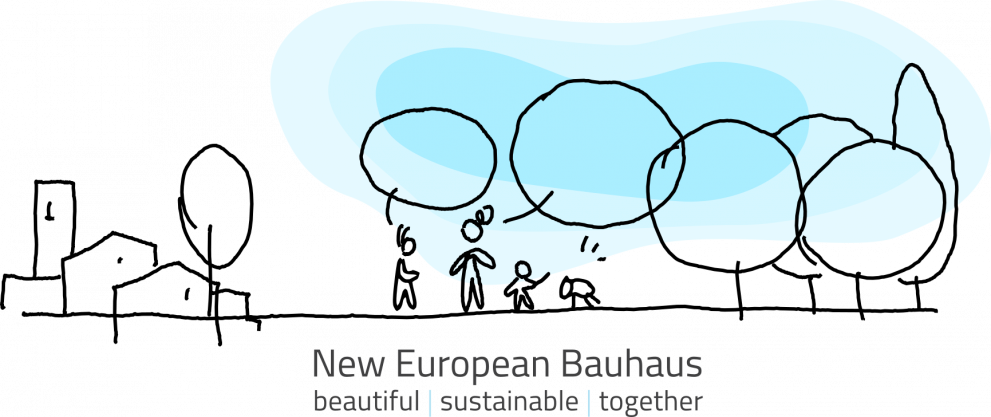How can an urbanist facilitate economic recovery, or how could a globally renowned visual artist contribute to more sustainable thinking? And what are they doing sitting at the same table? Architect and urbanist Eszter Dávida, one of the members of the roundtable and a board member of the Contemporary Architecture Center (KÉK) answered our questions regarding the New European Bauhaus program.
Over the past year, we encountered countless of new problems across the world. It turned out about many of them that they are, actually, not new at all, only we haven’t recognized them as problems until now, or we tried to find solutions for them from completely wrong angles. Beyond all of the hardships it has brought on us, the coronavirus also offers an opportunity to push the reset button. This is what the New European Bauhaus program offers an opportunity for: “a creative and interdisciplinary initiative, convening a space of encounter to design future ways of living, situated at the crossroads between art, culture, social inclusion, science and technology.“ The project launched by the EU in early 2021 raised the audience’s attention with big names including Bjarke Ingels, Shigeru Ban and Ólafur Elíasson. In addition to them, however, it gathered numerous ambassadors from all parts and fields of Europe to a single table—including architect-urbanist Eszter Dávida.
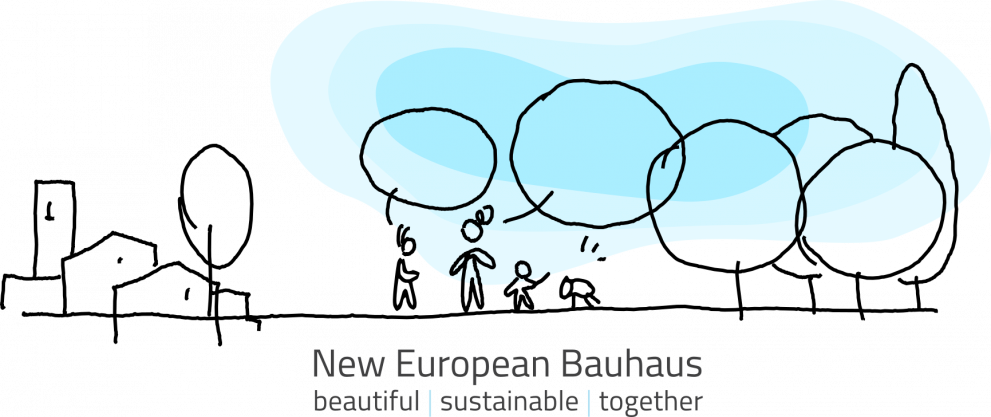
As opposed to former EU projects, the New European Bauhaus applies a noticeably more comprehensive and transparent communication strategy. How would you explain what this program is about?
I think of this initiative as a movement. There already have been projects that responded to the post-coronavirus situation—this one brings them together them with a more comprehensive perspective (including, for example, the Green Deal and the NextGenerationEU programs), and also tries to shake up fields that the large-scale EU calls have not reached yet. Its juxtaposition with the Bauhaus once again alludes to its movement-like nature: this symbol also holds its ground since the movement brings together people from various backgrounds and invites them to think together about how we imagine the future, just like the Bauhaus did back in the day. This call, however, does not only target members of the profession, quite on the contrary. The program also puts a great effort on involving local communities into brainstorming about where the EU should be headed in the future in terms of sustainability, economy and community co-existence.
Even though many are attempting to do it, only a very few actually managed to present sustainability as a concept that could come hand in hand with beauty and accessibility. The New European Bauhaus also makes an attempt at this, as they associate their project with the words “beautiful, sustainable and together”. What are these attributes mean exactly, how should we interpret them?
They look at them as some sort of guiding principles. The goal is to plan and shape all future EU projects with these principles in mind. Everyone is worried what the post-covid times will bring and what crises will await us. The aim of the program is to enable us not only to react but also to generate changes now when we have some time for it, to ignite systems that will facilitate the recovery after the virus.
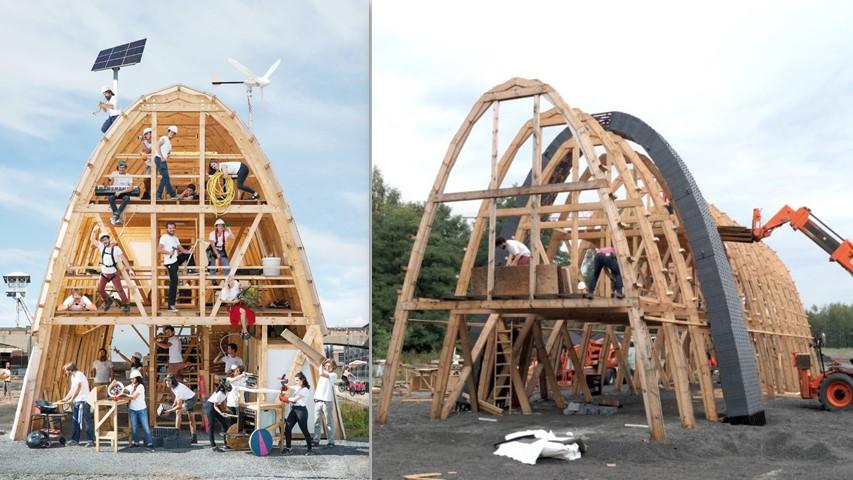
The aegis of sustainability includes the organization of buildings and cities into a more sustainable structure, emphasizing the touchpoints with ecosystems as well as how the urban lifestyle and economy can be brought into harmony with nature. Inclusivity guarantees that new opportunities are not only available to higher layers or larger companies. It is important that thinking together also starts on the level of everyday life. Perhaps this is the most difficult challenge of all, as most often it is this tangibility that is missing from the tenders, which many times run through so many people that by the time they reach the level of implementation it’s possible that an originally good idea is not executed in a way it would allow it to have a truly palpable impact on the lives of ordinary people. What I find sympathetic about the project is that it makes a clearly visible effort to reach people. Beauty is the principle that once again alludes to the Bauhaus: it invites us to rethink the meaning and values of beauty and aesthetics today in such a diverse culture as European culture is.
The program aspires to make us appreciate every corner of this culture: instead of placing one above the other, we should rather look at how they can strengthen each other.
How does the movement work in practice? The initiative became a sensation on most design sites on account of the fact that it brought together experts like Bjarke Ingels and Ólafur Elíasson to a table. What is their—and, among them, your—role in the program?
The first phase of the program lasts until July: this is the ideation phase, during which they await ideas and inspirations from all across Europe along with the three principles which they can integrate into the upcoming calls and tenders. There are no limitations in terms of size (large or small) or type (grassroots or state)—the goal is to get ideas from the broadest possible range, so anyone is welcome to submit their existing projects or even a single idea. Based on all this, they plan to support five large-scale projects, and application is now open for the New European Bauhaus “Prize”, too.
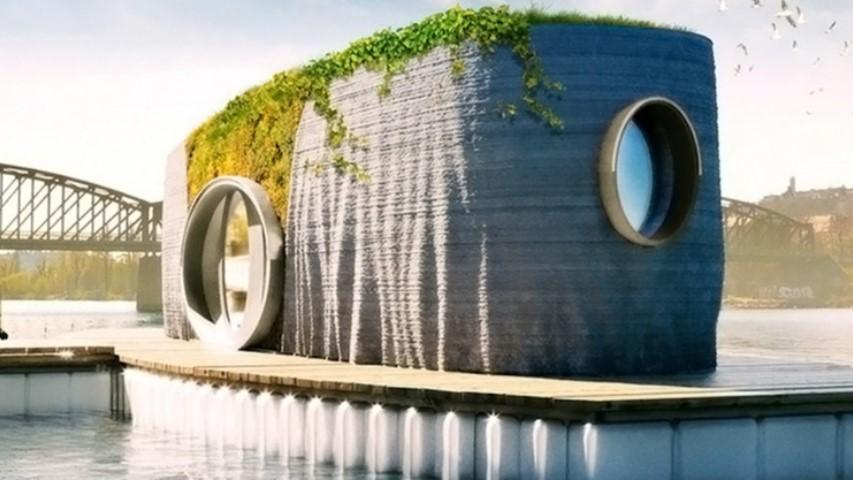
The collaborators have also been selected from a rich assortment of people. The roundtable directly supports the work of President Ursula von der Leyen by providing inspiration from various professional fields. This is how I, and the organization of KÉK, got into the picture: they contacted sixty organizations across Europe and then they invited twenty people to the roundtable after a two-round selection process, regardless of gender, age and professional background. This resulted in a very diverse group of people, half of which are architects, while the other half ranges from activists through art historians to startup entrepreneurs.
My profile was interesting because, as an architect, I also focus on community-building: this is the perspective I bring to the table.
The members function as ambassadors, on the one hand: our task is to raise attention to the project in our home countries and we ourselves can also nominate projects. The collection we started with KÉK last year (regardless of this movement) proved to be a great help for me: this is Városok a vírus után (Cities after the virus), where we await urban initiatives that were launched in response to Covid-19, but are worth keeping in the future, too.

There are currently six working groups operating within the roundtable: we mainly collect ideas and propose solutions under these. The first working group (the reinvention of the ecosystem) focuses on the use of new materials and setting up quality requirements: this is mostly the field of architect Shigeru Ban. The second is the reinvention of public spaces and urban areas, as now we have an opportunity to assess how needs have changed and what types of spaces will be needed in the future. The third works with the opportunities of involving communities, while the fourth focuses on making natural resources more accessible. The fifth—the one I fall under—works with the circular economy, by setting out an economic direction that is different from our current habits but also more sustainable. Here, as an urbanist, I can share experiences I have gained in the course of the DANUrB program, for instance, where we drew conclusion in the course of examining the communities living along the Danube as to what novel economic collaboration could come to life by activating and connecting these communities. Another good example is the 15 perces város (15-minute city) phenomenon, as it also has an impact on local economy. These all prove that it is not only economists that should be involved in developing the economy. The sixth working group strives to condense all the above into a narrative, that is, how all this can be made more comprehensive and brought closer to people.
On the workshops that have been held so far, we worked on the announced topics from different perspectives and tried to formulate common conclusions. For example, we saw that there are many good initiatives, only they are deficient in terms of the methods of collaboration, resources or partnerships. Thus, an important topic is the reallocation of resources and the establishment of new types of collaborations. This is closely followed by two other problems: giving a new narrative to economic questions and making sustainability aspirations more tangible, but I could also mention the reinterpretation of the relationship between nature and the city or the topic of the aesthetic values of contemporary architecture. Luckily, the participants of the program are all very open towards each other and we hope the roundtable collaboration will have tangible results, too.
Anyone is welcome to upload their ideas related to urban development, sustainability and communities as well as implemented projects that they consider to be exemplary to the database of the New European Bauhaus program. The database is accessible HERE!
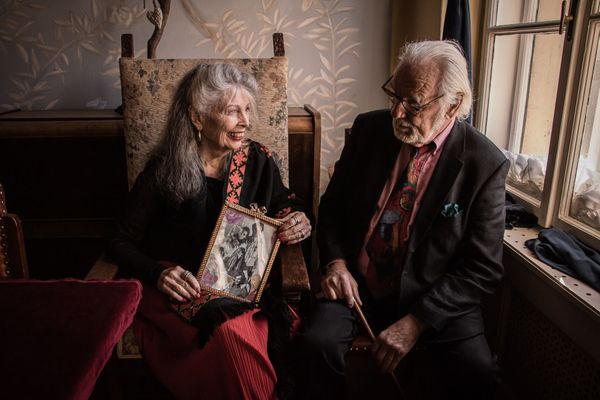
Preserving memories | The Memory

The coolest lamps in Eastern Europe | TOP 5










